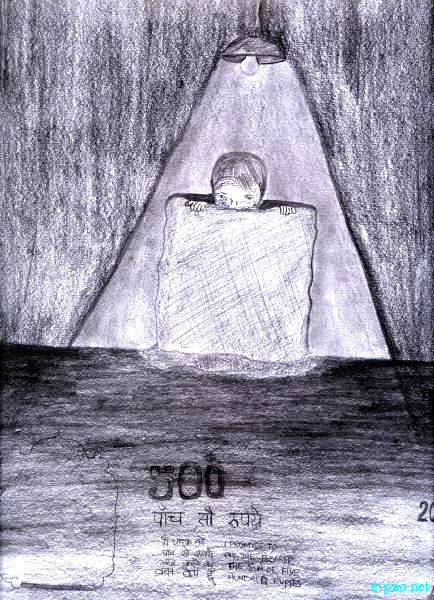
Child trafficking in India is a serious problem that has been plaguing the country for many years. It is a form of modern-day slavery in which children are bought and sold for various purposes such as forced labor, sexual exploitation, and illegal adoption. The problem is particularly prevalent in India, where a large number of children are born into poverty and are vulnerable to being trafficked.
According to a recent report by the Ministry of Women and Child Development, an estimated 40,000 children are trafficked in India every year. The majority of these children are from poor and marginalized communities, and are often lured or forced into trafficking by the promise of a better life.
There are various reasons why children in India are vulnerable to trafficking. One of the main reasons is poverty. Many children in India are born into poverty and are unable to access basic necessities such as education, healthcare, and proper nutrition. This makes them vulnerable to traffickers who promise them a better life in exchange for their labor or other services.
Another reason why children in India are vulnerable to trafficking is the lack of education. Many children in India do not have access to education and are unable to read or write. This makes them easy targets for traffickers who lure them into trafficking with the promise of education and a better life.
The lack of proper laws and enforcement is also a major reason why child trafficking in India continues to be a problem. Although there are laws in place to prevent child trafficking, they are often not enforced effectively. This allows traffickers to operate with impunity and continue to exploit children.
Causes of Child Trafficking in India
The problem of child trafficking in India is also exacerbated by the lack of proper rehabilitation and reintegration services for trafficked children. Many children who are rescued from trafficking are not provided with the necessary support and services they need to rebuild their lives. This makes it difficult for them to reintegrate into society and increases the likelihood that they will be trafficked again.
In recent years, the Indian government has taken steps to address the problem of child trafficking. The government has implemented various laws and policies to prevent and combat child trafficking, such as The Immoral Traffic (Prevention) Act, the Juvenile Justice (Care and Protection of Children) Act, and the Integrated Child Protection Scheme.
The government has also set up various organizations and programs to help prevent and combat child trafficking. For example, the National Commission for Protection of Child Rights (NCPCR) and the National Child Protection Policy were established to protect the rights of children and prevent child trafficking.
Despite these efforts, child trafficking in India continues to be a serious problem. In order to effectively combat child trafficking, it is important for the government to continue to implement and enforce laws and policies to prevent and combat the problem. It is also important for the government to provide proper rehabilitation and reintegration services for trafficked children.
In addition to government efforts, it is also important for the civil society and community-based organizations to play a role in preventing and combating child trafficking. These organizations can work to raise awareness about the issue, provide support and services for trafficked children, and advocate for stronger laws and policies to protect children.
The media also has an important role to play in preventing and combating child trafficking. By reporting on the issue and raising awareness, the media can help to shed light on the problem and encourage the government and other organizations to take action.
In conclusion, child trafficking in India is a serious problem that affects thousands of children every year. The problem is caused by a combination of poverty, lack of education, lack of proper laws and enforcement, and lack of proper rehabilitation and reintegration services. In order to effectively combat child trafficking, it is important for the government, civil society, community-based



